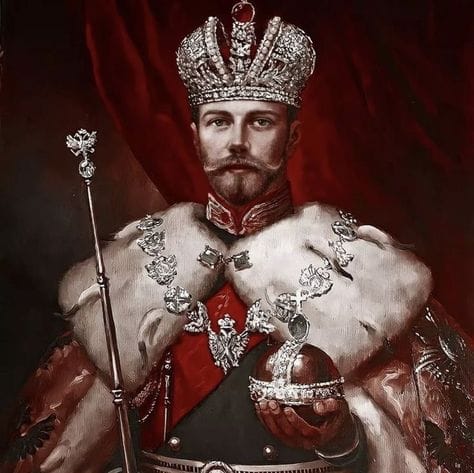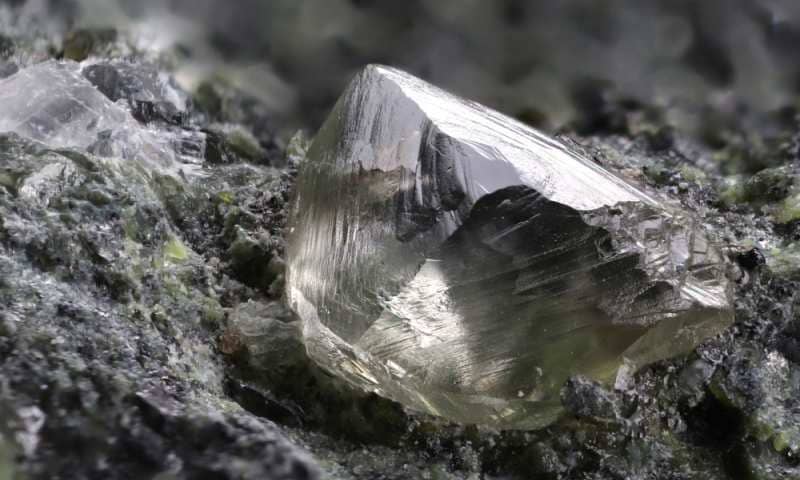Diamonds have long been prized for their beauty and rarity. Have you ever wondered how diamonds came to be so highly valued? What is the history of diamonds from ancient times to the present day? In this article, we will explore the fascinating history of diamonds and how they have become the most sought-after gemstones of all time.
1. Ancient Origins of Diamonds
Diamonds have been around since ancient times, much longer than people have been wearing them for fashion and adornment. It is believed that the oldest diamonds ever discovered are more than three billion years old. The oldest known diamond deposits are located in India and Brazil and date back to the fourth century BC.
The first diamonds were discovered in India, where the people of the time believed that the stones had magical powers. In fact, the word diamond comes from the Greek adamas, which means “unbreakable.” Ancient Greeks and Romans also believed that diamonds were the tears of the gods or splinters from fallen stars.
The earliest diamonds were used mainly in religious ceremonies and for decorative purposes. They were not used for jewelry until the 1400s, when they began to be set in rings and necklaces. By the 1700s, diamonds had become fashionable among the wealthy, and they were often used as symbols of status and power.
Today, diamonds are still seen as symbols of wealth and power, but they are also used in a variety of other ways. They are used for industrial purposes, such as drilling and cutting, and they are also used in scientific and medical applications.
In addition to the ancient origins of diamonds, modern-day diamond production is also an important part of the diamond industry. Diamonds are mined in a variety of ways, including open-pit mining, underground mining, and alluvial mining. The diamonds are then cut and polished to enhance their beauty and sparkle. </
2. Diamonds in the Middle Ages
The use of diamonds in the Middle Ages was mostly limited to the wealthy classes. The diamonds were used to adorn jewelry, clothing, and weapons. They were also used as a symbol of wealth and power.
In the Middle Ages, diamonds were discovered in India and traded to Europe. Diamonds were also found in other parts of the world, such as South Africa and Brazil. It was during this period that the first diamond cutting and polishing techniques were developed.
In the Middle Ages, diamonds were seen as a symbol of divine power. They were believed to have magical properties that could protect the wearer from evil and bring good luck. Many religious symbols were also made from diamonds.
The popularity of diamond jewelry in the Middle Ages was due to its rarity and beauty. Diamonds were seen as a symbol of wealth and status, and they were often used to adorn the clothing of royalty. They were also used as a form of currency.
The use of diamonds in the Middle Ages declined as new sources of diamonds were discovered in the 19th century. With the advent of new technology, diamonds became more accessible and less expensive, making them available to more people.

3. Diamonds During the Renaissance
The Renaissance, which began in the 14th century in Italy, was a period of cultural rebirth. It was during this time that diamonds began to be used as a symbol of wealth and status, and it was the first time in history that they were cut in the shapes that we are familiar with today.
The earliest diamonds were cut into points, which is a simple geometric shape. Later, during the Renaissance, diamonds were cut into more elaborate shapes, such as ovals, hearts, and marquise. This enabled the diamonds to be set in precious metal and used as jewelry.
At this time, diamonds were also used to decorate armor and weapons, as well as ornaments and decorations. In particular, diamonds were used to decorate the clothing and headwear of the wealthy and powerful. This was a way of showing off their wealth and status.
Diamonds were also used to decorate religious artifacts, such as crosses and chalices. This was done to make them more beautiful and to demonstrate the power of God.
By the end of the Renaissance, diamonds had become an important symbol of wealth and power, and they remain so today.

4. The Industrial Revolution and Diamonds
The industrial revolution led to a huge increase in the production of diamonds, and this period marked a major turning point in the history of diamonds. The invention of the steam engine and the development of new mining techniques allowed for the increased extraction of diamonds from deeper sources, and the development of new cutting and polishing techniques increased the availability of diamonds on the market. Diamonds began to be produced in large quantities and were more accessible to a wider range of people. This period also saw the rise of diamond trading, and diamonds were being traded in a global market.
The industrial revolution saw the emergence of diamond jewellery, with diamonds becoming increasingly popular as a symbol of wealth and status. The development of diamond jewellery led to the creation of new jewellery designs, such as the classic solitaire setting, as well as the rise of new jewellery makers and diamond cutters.
The industrial revolution also saw the development of the modern diamond grading system, which is still used today. The system was developed by the Gemological Institute of America (GIA) in the 1950s and is now the industry standard for diamond grading. The GIA diamond grading system is based on the four Cs: carat, colour, clarity, and cut.
Today, diamonds are still a symbol of wealth and status, and the diamond industry continues to grow and evolve. Diamonds are now being used in a variety of applications, from jewellery to industrial tools. Diamonds remain an important part of the modern economy, and the industrial revolution continues to shape the diamond industry. </
5. Modern Day Diamond Mining
Modern day diamond mining is a complex and multi-faceted process. The main sources of diamonds are kimberlites, which are narrow vertical pipes of volcanic origin that can be hundreds of meters deep.
These kimberlites are mined using large-scale open-pit or underground mining methods.
The ore is then taken to a processing plant, where diamonds are separated from the other materials. The diamonds are then sorted and valued according to their color, clarity, and size.
In addition to kimberlites, diamonds are also mined from alluvial deposits. Alluvial deposits are found in areas where diamonds have been eroded from their original source and deposited in riverbeds or ocean floors. Mining of alluvial deposits is done by sifting through the sediment and separating the diamonds from the other materials.
The majority of diamonds are mined in countries such as South Africa, Botswana, Angola, and Namibia. Australia is also one of the world’s leading diamond producers, with the Argyle Diamond Mine in Western Australia being one of the world’s largest diamond mines.
In recent years, there has been an increasing focus on ethical and sustainable diamond mining. Many companies are now working to ensure that their diamonds are mined in a way that is environmentally friendly and respects the rights of local communities.

6. The Impact of Diamonds on Society
Diamonds have been highly valued since ancient times. In the modern day, diamonds are still held in high regard, and have a significant impact on society.
Diamonds are used as symbols of love and commitment in the form of engagement and wedding rings. This is especially true in cultures where a diamond ring is used to signify a marriage proposal. The diamond industry has capitalised on this, and the diamond engagement ring has become a multi-billion dollar industry.
Diamonds are also used as a form of investment. They are often seen as a secure and stable form of investment, and thus the diamond industry has seen an increase in demand for diamonds from investors.
Diamonds are also used in many industries, such as jewellery, electronics and engineering. Diamonds are often used in the production of cutting tools, due to their extreme hardness. In the electronics industry, diamonds are used in the production of semiconductors.
Diamonds are also a major source of revenue for many countries. In 2018, diamonds were estimated to be worth over $50 billion. This money is used to support the economies of many countries, and to fund public services such as healthcare and education.
In conclusion, diamonds have had a significant impact on society. They are a symbol of love, a form of investment, and a major source of revenue for many countries.

Conclusion:
Diamonds, with their unparalleled brilliance and durability, have been cherished for millennia. From their initial discovery in India to their revered status in modern society, diamonds have undergone a fascinating journey. Ancient civilizations attributed mystical powers to them, while medieval Europeans believed they had healing properties. The 18th-century discovery of diamonds in Brazil shifted the global market, but it was the South African diamond rush in the 19th century that truly transformed the industry. Today, diamonds are not just symbols of wealth and love but are also used in various industries, showcasing their versatility and enduring appeal.
